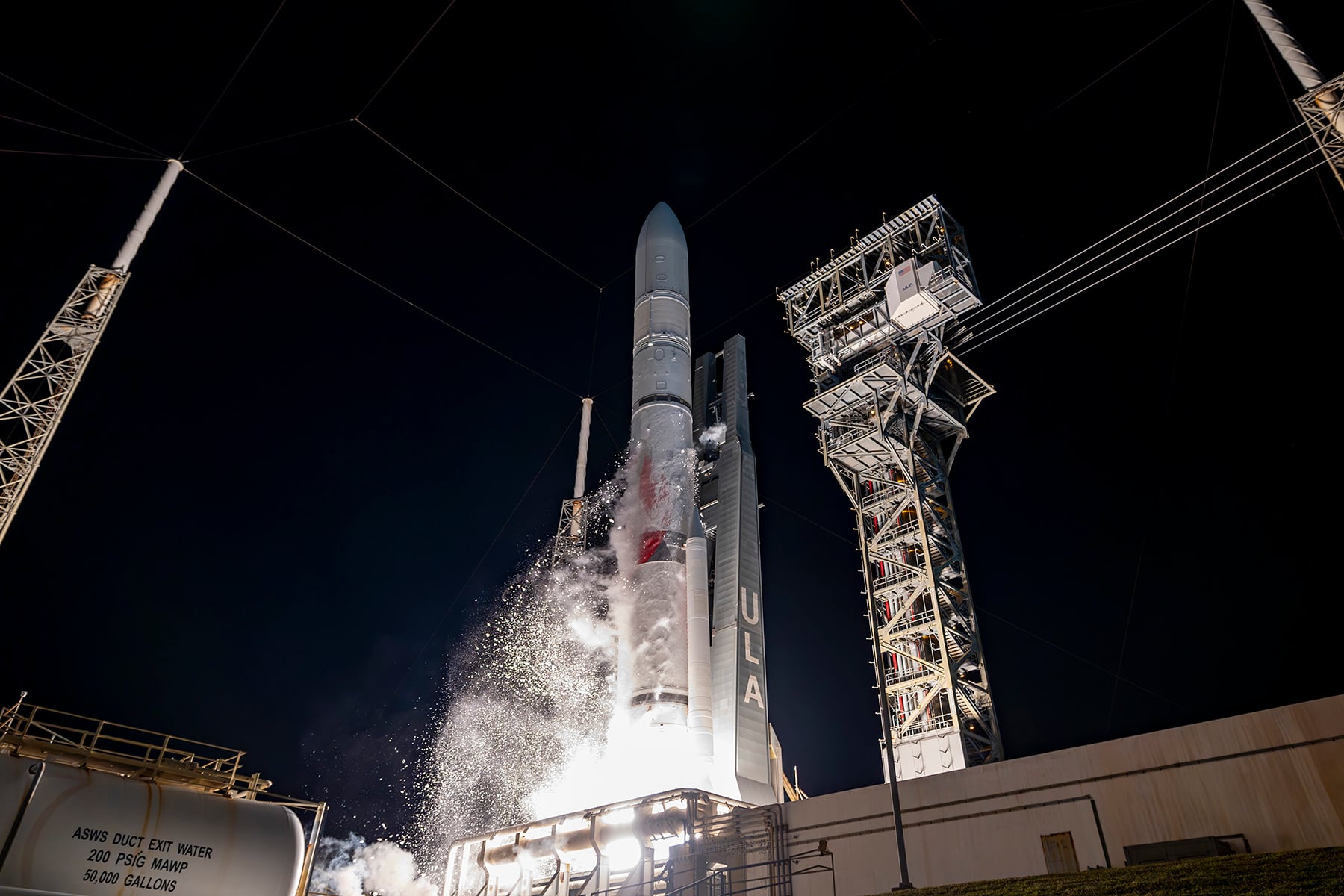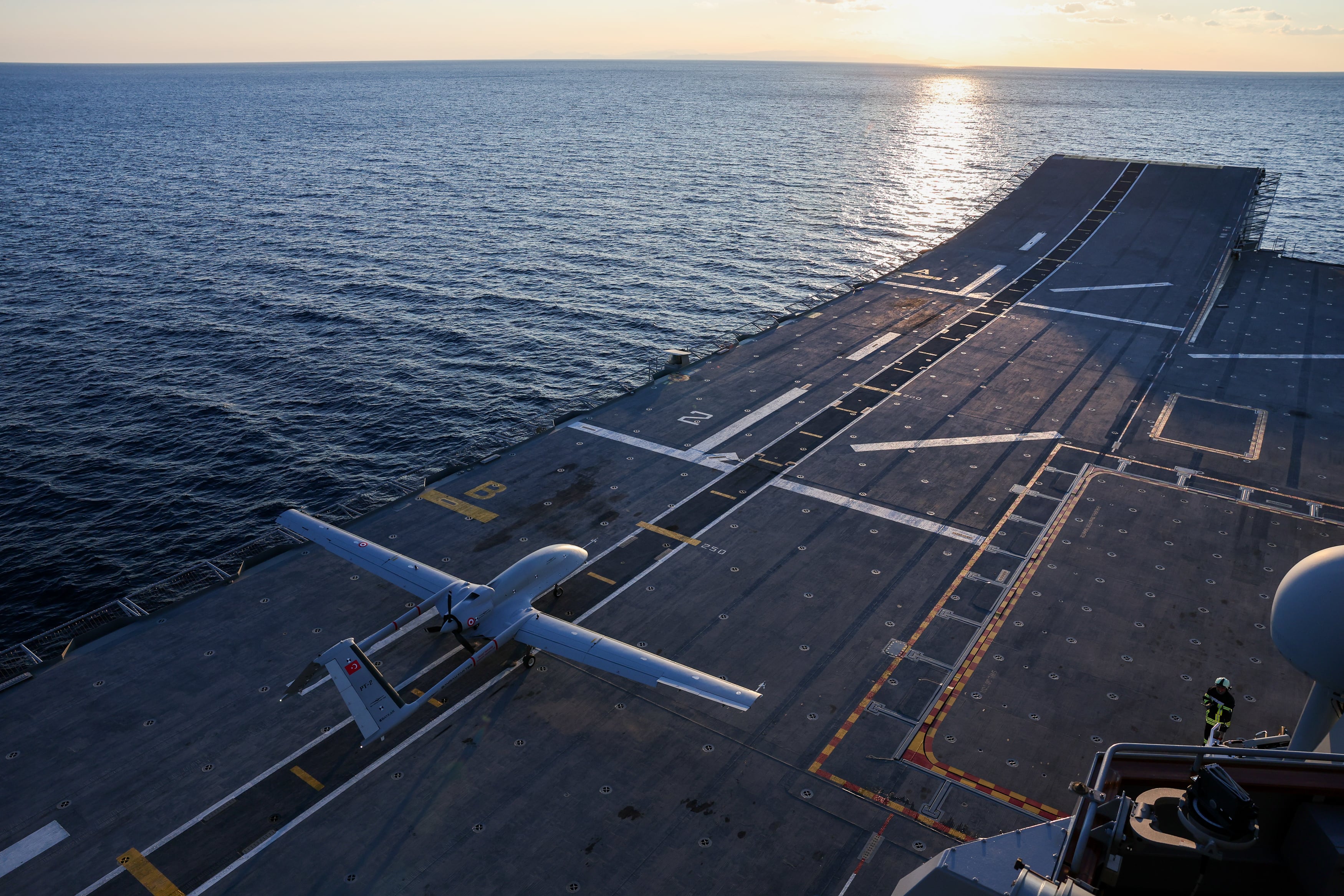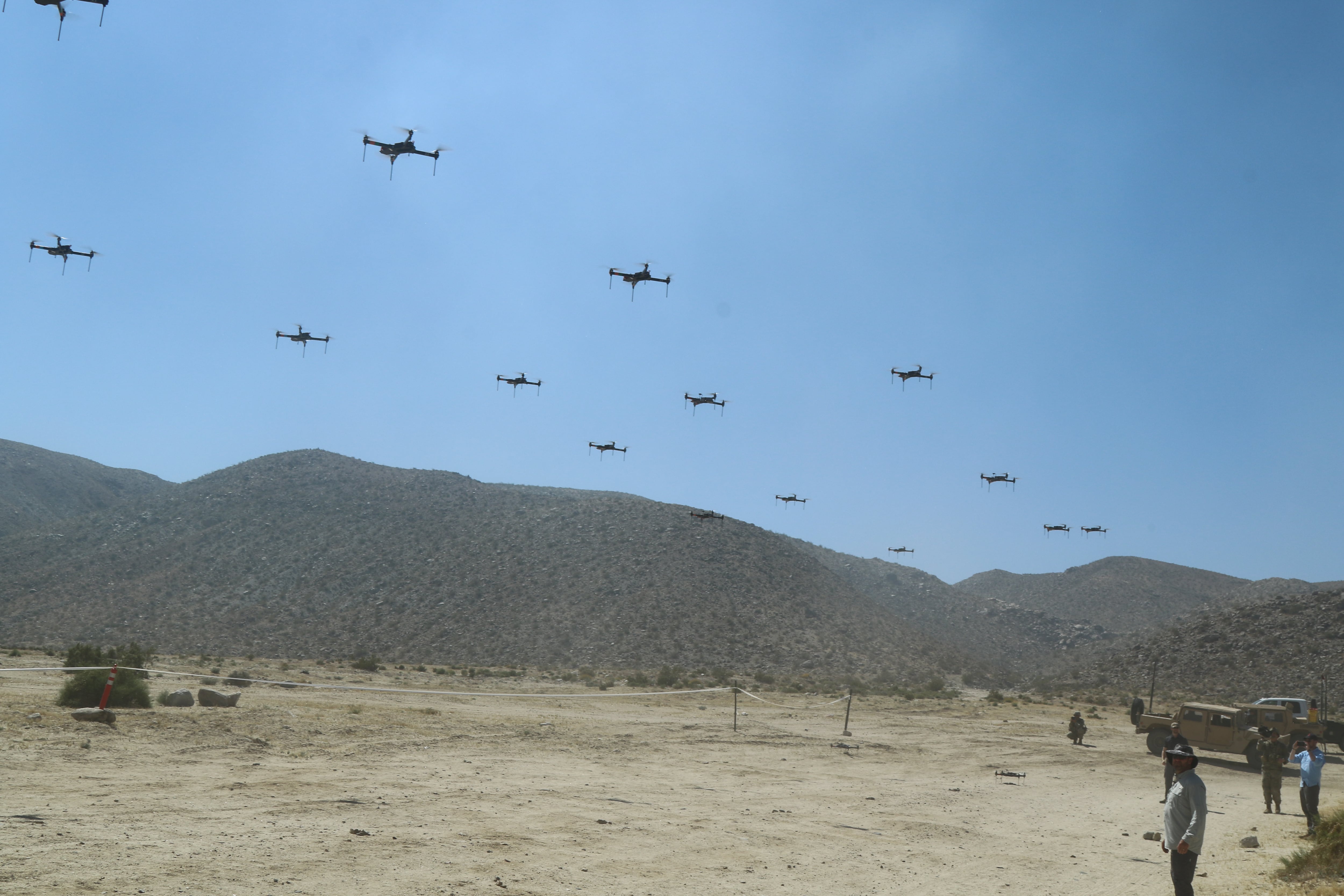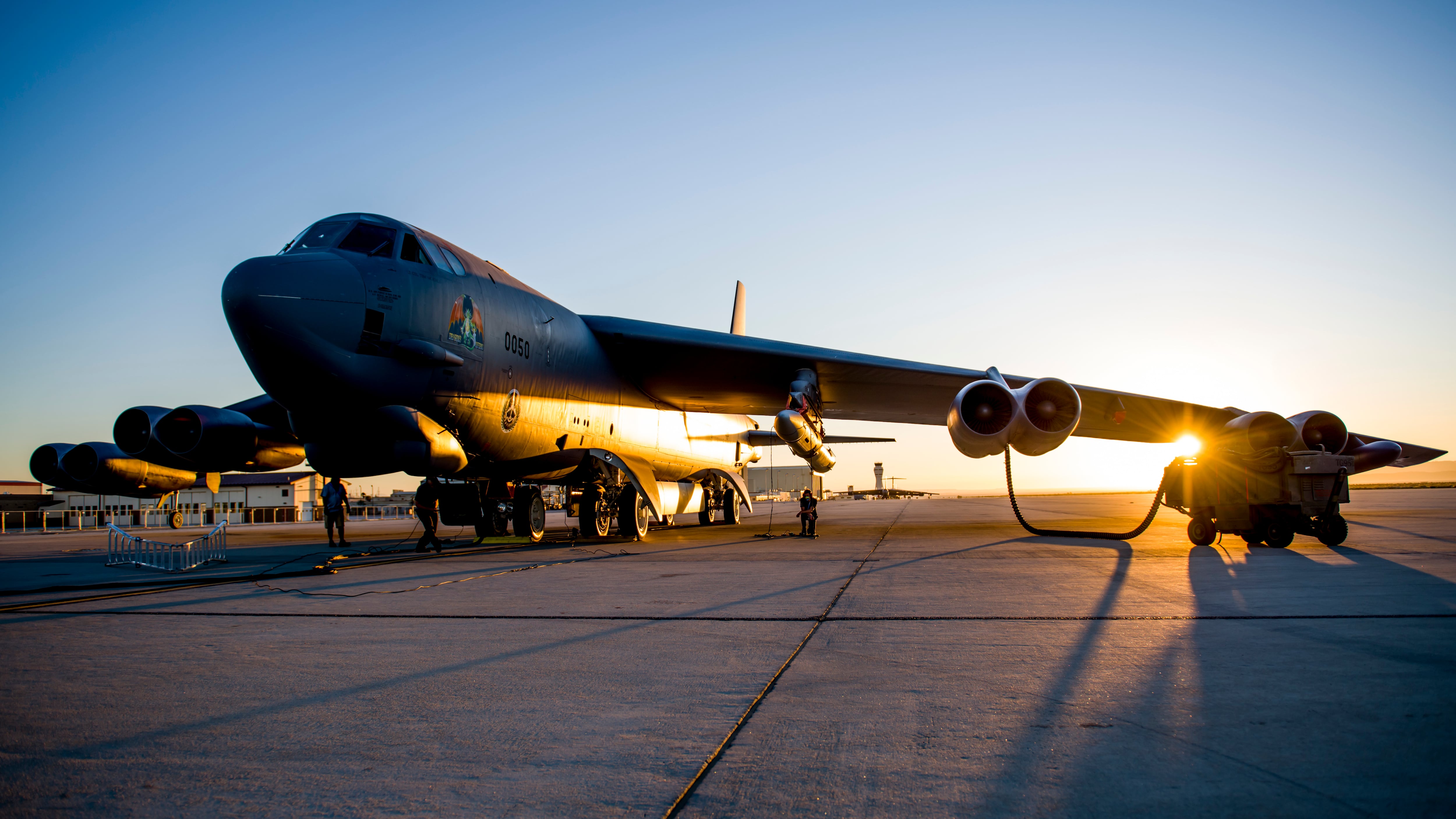The Marine Corps says it is learning some important lessons from the ongoing rollout of a new training tool that aims to help fighters make decisions faster and more effectively.
The Tactical Decision Kit, or TDK, was developed by jointly by Marine Corps Systems Command, the Marine Corps Warfighting Lab’s Rapid Capabilities Office and the Office of Naval Research. It includes software and hardware to help Marines hone their decision-making skills.
Previous training tools have been “something Alexander the Great would have recognized,” said Lt. Col. Marcus Mainz, the commanding officer of 2nd Battalion, 6th Marine Regiment at Camp Lejeune, N.C. The maps and terrain models of the past are now giving way to a more detailed, albeit virtual, battlefield representation.
Mainz led development of the TDK, under the instruction of Assistant Commandant of the Marine Corps Gen. Glenn M. Walters.
At the heart of the TDK is a high-performance laptop computer bulked up with twice the memory of a typical laptop, along with a rapid central processing unit, a graphics adapter and high-resolution display. Together these systems deliver a hand-on training experience meant to emulate some of the realities of combat.
An augmented reality system enables Marines to do mission planning across a variety of terrains. Groups of Marines can “walk through” the virtual space together and interact with one another in the simulated environment.
A “virtual battle space” delivers a first-person shooter experience, putting the trainee in squad- and platoon-level force-on-force scenarios. Marines train to think tactically, to make rapid decisions and to communicate effectively.
Finally, an “Interactive Tactical Decision Game” known as the ITDG 5 allows the users customized training experiences, to see the effects of their decisions and to engage in after-action reports, debriefs and digital exercises.
“This suite of new training tools is easy to implement and can be tailored to Marines’ needs,” said Dr. Peter Squire, a program officer in ONR’s Expeditionary Maneuver Warfare and Combating Terrorism Department, in a recent Marine Corps news release. “It will allow Marines to think more critically and adapt more quickly to changing environments and adversaries.”
Internet peril
While the Marine Corps began deploying the TDK in May and expects to have it out to all infantry battalions by fall 2018, developers already are looking at enhancements they’d like to incorporate in the next iteration.
At present, the TDK experience can only be shared at the company using a Wi-Fi network. Mainz would like to see a broader collaboration capability built into future versions.
“I’d like to be able to play someone on the West Coast, but we need to go to the internet to do that, and ... we are scared to death to touch the internet. There is risk of cyber intrusion; there is risk of misuse,” he said.
Developers are looking at ways to make the tool more widely shareable, while mitigating against those cyber risks.
In the meantime, feedback from the ongoing deployment suggests the TDK already is delivering a much-improved training experience.
“It’s about fidelity. We always want to make it more real,” Mainz said. Talking through a problem has some value, “but if I have you act out those things, your memory will be 80 percent better. I want to give people something that sticks with them.”
Feedback from early users suggests the team has achieved a degree of verisimilitude. In one trial, for example, a heart-rate monitor showed a trainee registering 130 beats per minute for over 20 seconds at a time, an indication of an engagement level that goes beyond the merely intellectual.
“He is sitting behind a computer making decisions, but his body thinks he is running a sprint,” Mainz said. “He is feeling the pressure of decision-making, feeling exactly how this is going to go down.”
One of the biggest advantages of this type of virtualized training is that it enables to learner to repeat a scenario, to work through a problem in different ways until a task is mastered. “They learn the impact of their mistakes on the battlefield. They can make a mistake again and again and see the impact of those mistakes. When you have more repetitions, you get better at making the right decision,” Mainz said.
At the same time, virtual training will always have some limitations. “The nature of war, fatigue, friction, chaos: Some of those very human things, you cannot replicate. The battlefield is the battlefield,” he said. “But that doesn’t mean you cannot learn in other ways.”








